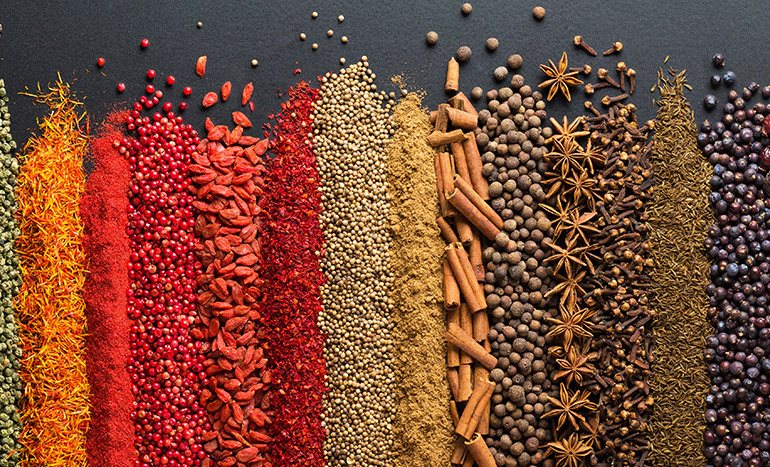
Spices have played a significant role in Indian cuisine and culture for centuries, adding depth, flavor, and complexity to dishes that are enjoyed around the world. The history of Indian spices dates back thousands of years and can be traced to the ancient civilizations that flourished in the region. From the aromatic cardamom to the fiery red chili pepper, each spice has its own unique flavor profile and culinary uses.
Indian spices have a rich and storied history that has shaped the region’s cuisine and cultural identity. The use of spices in Indian cooking can be traced back to the Indus Valley Civilization, one of the world’s oldest urban civilizations, where archaeological evidence indicates that spices such as cumin, coriander, and mustard were being used as early as 3000 BCE.
Indian spices have long been prized for their medicinal properties as well. Ayurveda, an ancient system of medicine that originated in India, emphasizes the use of spices and herbs for their healing and therapeutic benefits. Turmeric, known for its vibrant yellow color and anti-inflammatory properties, is a staple in Ayurvedic medicine and is commonly used in Indian cooking.
India’s diverse climate and geography have contributed to the cultivation of a wide variety of spices, each with its own distinct flavor and aroma. Some of the most famous Indian spices include:
- Cardamom: Known as the “queen of spices,” cardamom is prized for its sweet, floral aroma and is often used in both sweet and savory dishes.
- Cumin: Cumin has a warm, earthy flavor and is a key ingredient in many Indian spice blends such as garam masala.
- Turmeric: With its bright yellow color and earthy flavor, turmeric is not only used for its culinary properties but also for its various health benefits.
- Cloves: These aromatic flower buds are used both whole and ground in Indian cuisine, adding a warm, sweet flavor to dishes.
- Cinnamon: Cinnamon is used in both sweet and savory dishes in Indian cooking, adding a warm, spicy flavor.
Indian spices have not only influenced the region’s cuisine but have also played a crucial role in shaping the course of history. The spice trade was a major driver of global exploration and colonization, with European powers such as the Portuguese, Dutch, and British vying for control of the lucrative spice trade routes to India.
Indian spices continue to be in high demand around the world, with the country being one of the largest producers and exporters of spices. The spice industry in India is a vital part of the country’s economy, providing employment to millions of people and contributing to its rich culinary heritage.
In conclusion, the history of Indian spices is a testament to the region’s culinary ingenuity and cultural richness. From ancient civilizations to modern global trade, Indian spices have left an indelible mark on the world of food and cooking. Whether used for their medicinal properties, culinary uses, or historical significance, Indian spices continue to be a source of inspiration and delight for chefs and food enthusiasts worldwide.
Leave a comment